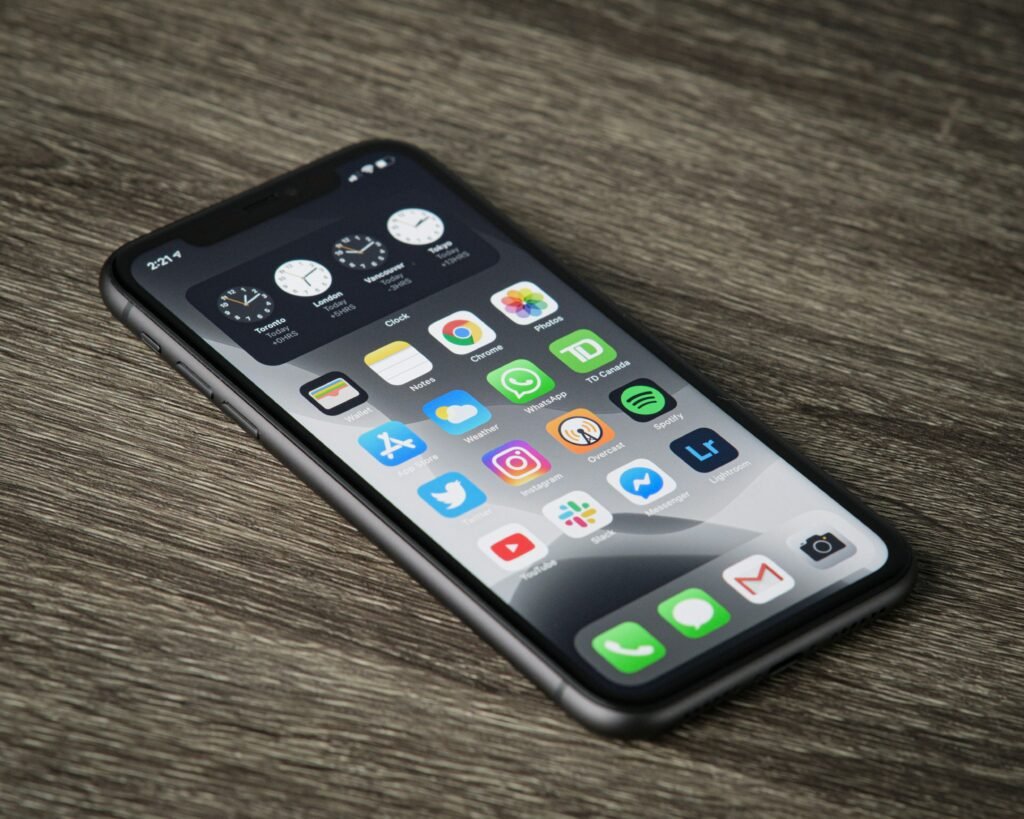The Power of Compounding
With $1,000, you could buy the latest iPhone, spend a fun weekend with friends, or use it for personal entertainment.

But what if you could use that $1,000 to create another $1,000? Sounds intriguing, right? Let me show you how to create money using money.
Many of you might have heard about the S&P 500 index, a stock market index that includes the 500 largest companies in the USA. Over the past five decades, this index has produced nearly a 10% return annually.

This means that if you had invested $1,000 exactly 50 years ago, from 1974 to 2024, the S&P 500 index would have provided an average annual return of 10%. Each year, your money would have grown by 10%. With such returns, it would take just seven years to create another $1,000.
The Rule of 72
This is where a simple concept called the Rule of 72 comes into play. The Rule of 72 states that if you know the rate of return on your investment, you can divide 72 by that return to determine how many years it will take to double your investment.
In our example, with a 10% return, dividing 72 by 10 gives approximately 7. This means your initial $1,000 investment would become $2,000 in about seven years. Isn’t that wonderful?
This is the beauty of compounding, which is why Albert Einstein called it the eighth wonder of the world.
Anyone Can Be Rich
You’ve seen the power of compounding. Compounding is a miraculous phenomenon that can achieve unbelievable results. If the younger generation recognizes its potential, their attitudes towards money will change dramatically. Let’s delve deeper into this concept.
Compounding works with three simple components: the annual average return, the initial investment, and the period. In business school, complex mathematical formulas represent compounding, but as investors, we can understand it through real-life personal calculations.
An Example
Imagine you are a university student who has just finished high school and entered the workforce at the age of 22. You have saved just $1,000 in your bank account. Instead of buying the latest iPhone like your friends, you decide to invest in an asset that yields a 10% annual return and you don’t touch this investment for the next 30 years. At age 52, you check your investment.
You can use this simple mathematical equation:
Value of the investment = Initial investment × (1+annual return) ^ period of time
In our example:
– Initial investment: $1,000
– Annual return: 10%
– Period: 30 years
The calculation would be:
Value of the investment = $1,000 × (1+0.10) ^ 30 = $17,449
Approximately, your initial $1,000 has grown to $17,500. Without doing anything, you just invested and waited. Imagine if you invested $100,000 for the next 50 years—it would grow to a massive number. This is how Warren Buffett became one of the richest people on the planet. No secret ingredients, just extreme patience.
Value Investor
If you are an active value investor like Warren Buffett, you can achieve more than a 20% return on your investment. This is not a joke; compounding is a mechanism to become wealthy for anyone, even without advanced knowledge of investing.

So, next time you think about buying the latest iPhone or smartwatch, think twice about what compounding can do for you and your future generations. If you buy an iPhone today for $1,000, you will likely replace it in 2-3 years. But if you invest that $1,000, it can compound until you die, and even after, your children and grandchildren can benefit from it.



